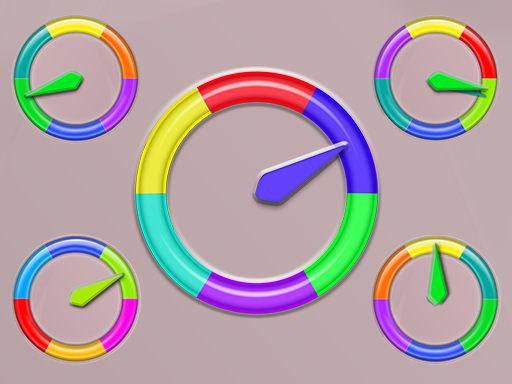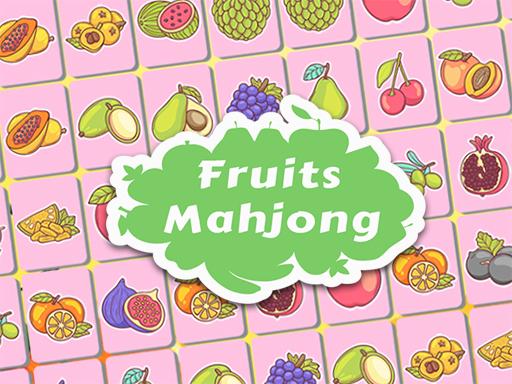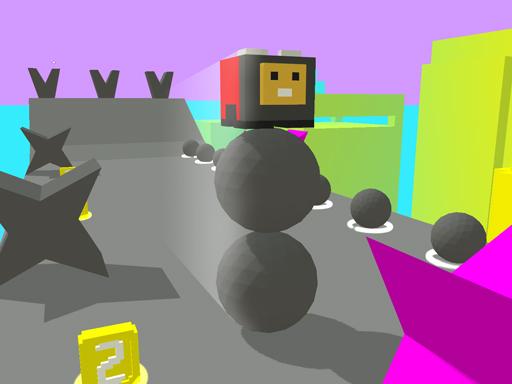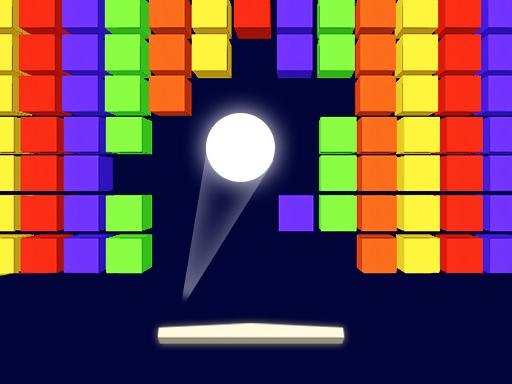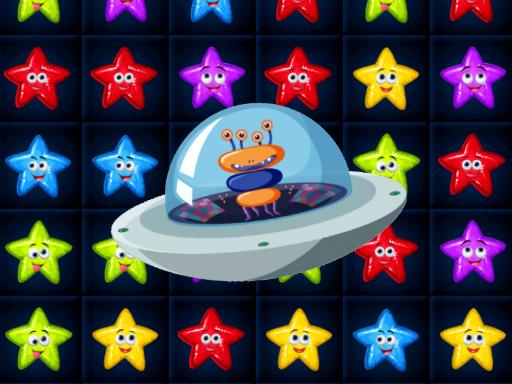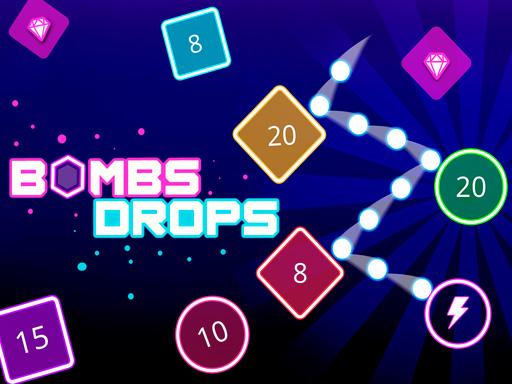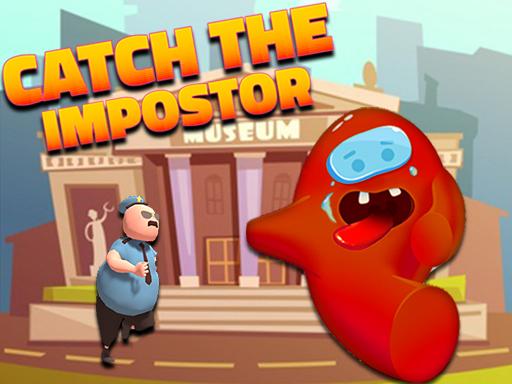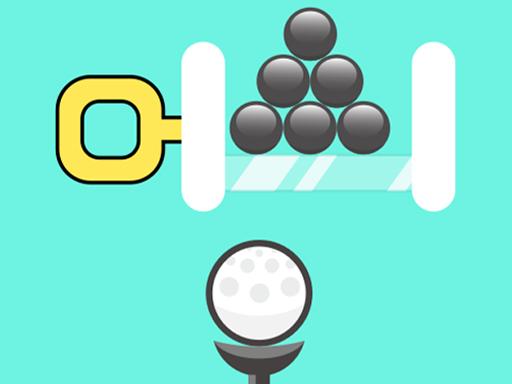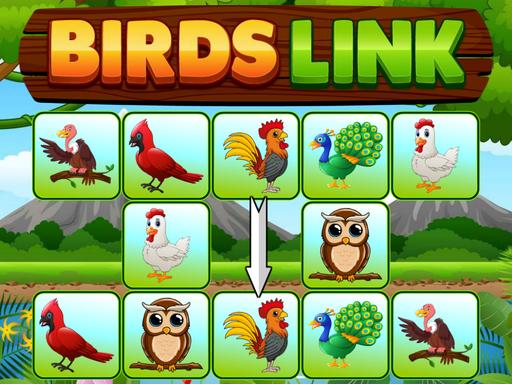Introduction and How to Play “Fruits Mahjong”
“Fruits Mahjong” is a fun and refreshing twist on the traditional Mahjong game. Unlike the classic Mahjong, which uses complex tile patterns and characters, “Fruits Mahjong” replaces the traditional tiles with colorful and vibrant fruit images, making the game visually appealing and easy to learn. It offers a relaxed, enjoyable, and less intimidating version of Mahjong, perfect for both beginners and seasoned players alike. Whether you’re looking to play casually or improve your skills, this game combines the strategy and skill of Mahjong with a more accessible, fruit-themed design.
The goal of “Fruits Mahjong” is to match and clear pairs of tiles from the board, using strategic thinking and observation. As you progress, the puzzles become more challenging, requiring careful planning and faster decision-making.
How to Play “Fruits Mahjong”
- Getting Started: When you start “Fruits Mahjong,” you will be presented with a layout of Mahjong tiles featuring different types of fruits, such as apples, bananas, grapes, oranges, and more. The tiles are arranged in a grid or layered stack, with some tiles hidden beneath others.
- Objective of the Game: The primary objective in “Fruits Mahjong” is to clear the board by matching identical tiles. Tiles can only be matched if they are free, meaning they are not covered by other tiles or adjacent to other tiles. The goal is to find pairs of identical fruit tiles and remove them from the board until all tiles are cleared.
- Basic Gameplay Mechanics:
- Tile Matching: To match tiles, click on two tiles that are the same (e.g., two apples or two bananas) and have no other tiles blocking them. When a valid match is made, the tiles are removed from the board, and you earn points.
- Free Tiles: A tile is considered free if it is not blocked by other tiles. It must have at least one side (left or right) open, allowing it to be clicked and matched.
- Tile Layout: The tiles may be arranged in different patterns, from simple grids to more complex layered or stacked formations. Your task is to uncover tiles and match pairs strategically, starting with the tiles on top or the outermost layer.
- Undo and Hints: Some versions of “Fruits Mahjong” may offer an “undo” feature, which allows you to revert a move if you realize it wasn’t ideal. Additionally, a hint option may help you locate a pair of tiles when you’re stuck.
- Levels and Difficulty:
- Easy Levels: Early levels introduce basic tile layouts with fewer layers and simpler patterns. As a beginner, you can get accustomed to the mechanics and understand how the free tiles work.
- Medium Levels: As you progress, the layouts become more complicated. Tiles may be stacked in multiple layers, and there may be more tiles to match. More advanced strategies will be required to solve the puzzles.
- Hard Levels: Later stages feature very complex tile arrangements with many layers and tiles scattered in hard-to-reach spots. These require careful planning and quick thinking, especially as the timer (if present) starts ticking down.
- Special Tiles and Power-ups: Some versions of “Fruits Mahjong” feature special tiles or power-ups that add additional layers of strategy and excitement to the game:
- Wild Tiles: These tiles can be matched with any other tile of the same type. They act as a joker, making it easier to make pairs.
- Bonus Tiles: Some games introduce bonus tiles that give extra points or unlock additional hints when matched.
- Shuffle Option: If you get stuck, a shuffle option may randomly rearrange the tiles to give you a new perspective and new opportunities for matching.
- Timer and Bonus Time: Some versions may have a timer that limits the time to complete the puzzle. Matching tiles quickly can earn bonus time to extend your gameplay.
- Scoring and Progression:
- Points for Matches: Each time you match two tiles, you earn points based on the difficulty and rarity of the fruit tiles. Some versions of the game may offer multipliers for completing multiple matches in a row.
- Stars or Rewards: After completing a level, you may be awarded stars or other rewards depending on how efficiently you cleared the board (for example, if you finish with plenty of time left or without using hints).
- Unlocking New Levels: As you progress through levels, you unlock more complex and challenging layouts. The game may also offer a progression system that introduces new backgrounds or themes, enhancing the visual experience.
- Game Modes:
- Classic Mode: In this mode, you progress through different levels of increasing difficulty. You need to clear all the tiles in each level to move on to the next. The challenge increases as more complex tile formations appear.
- Time Attack Mode: In this mode, you must match tiles within a set time limit. The goal is to clear the board as quickly as possible, earning a high score for speed and accuracy.
- Endless Mode: Some versions offer an endless mode where the goal is to keep playing until there are no more moves available. This mode often features an increasing level of complexity and is perfect for players who want a more relaxed experience.
- Tile Themes: The fruit theme in this game makes it visually attractive and adds a fun touch. You will encounter a variety of fruit tiles, including:
- Common Fruits: Apples, oranges, bananas, grapes, strawberries, cherries, and more.
- Exotic Fruits: Mangos, pineapples, kiwi, and dragon fruit may appear as rare tiles, adding more variety to the board.
- Decorative Tiles: Some versions feature decorative fruits with detailed, hand-drawn designs that make the game more engaging and pleasant to look at.
Tips for Success
- Focus on the Outer Tiles: Always start by clearing the outermost tiles and work your way inward. This opens up more tiles to be matched and clears up space for additional moves.
- Plan Ahead: Think a few moves ahead before you start matching tiles. Avoid removing tiles that might be crucial for future matches, especially in more complex layouts.
- Use Hints Sparingly: While hints are helpful, using them too often can slow down your progress. Try to rely on your own observation and strategy to find matches first.
- Stay Calm and Patient: The game may become more difficult as you progress, but staying patient and taking your time will help you clear levels more efficiently.
- Look for Patterns: Observe the layout carefully to see if there are any tiles that are easy to match or obvious pairings. Recognizing patterns early on can save you time and effort.
Why You Should Play “Fruits Mahjong”
“Fruits Mahjong” is a perfect blend of a classic Mahjong puzzle game with a refreshing fruit theme. The bright and colorful fruit tiles make it visually appealing and fun to play, while the strategic nature of the game offers a satisfying challenge that will engage you for hours. Whether you’re a Mahjong enthusiast or a casual puzzle gamer, “Fruits Mahjong” offers a relaxing yet stimulating experience.
The various difficulty levels, power-ups, and fun challenges ensure that the game remains exciting and keeps you coming back for more. Plus, it’s a great way to improve your memory, strategy, and problem-solving skills while enjoying a simple yet rewarding game.
Conclusion
“Fruits Mahjong” offers a delightful take on the traditional Mahjong puzzle game. With its accessible gameplay, vibrant fruit tiles, and various game modes, it’s a perfect choice for puzzle lovers of all levels. Whether you’re looking for a quick gaming session or a longer challenge, “Fruits Mahjong” provides plenty of entertainment and mental stimulation. Start matching those fruit tiles and enjoy the fun today!


